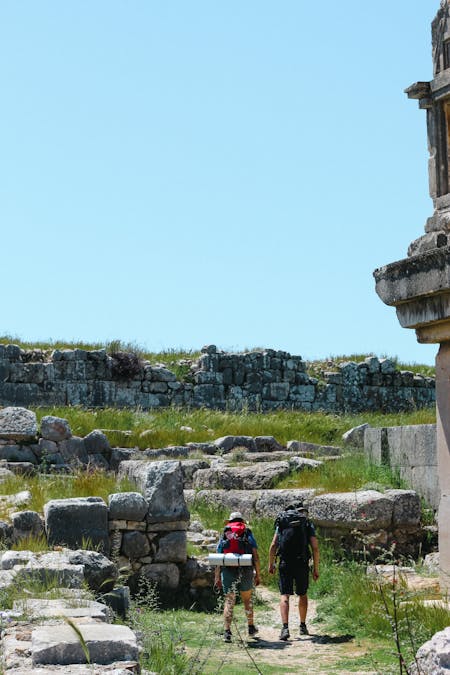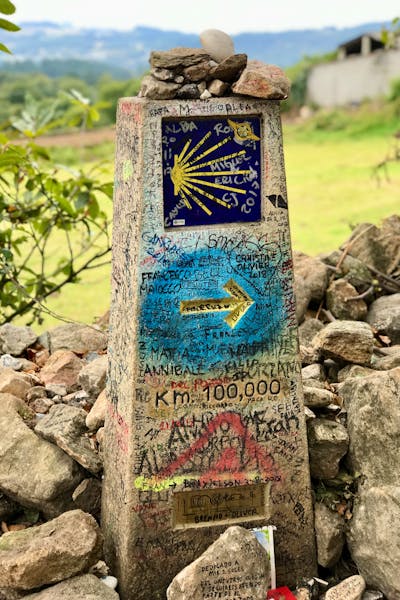
Hiking, as we know it today, is much more than a leisurely stroll through nature. It has deep roots, tracing back to our ancestors who walked not just for pleasure but for survival. Join me as we embark on a fascinating journey through the history of hiking, exploring its origins, evolution, and the diverse terminology that enriches this beloved activity.
The Origins of Hiking
At its core, hiking began as a means of survival. Early humans walked long distances in search of food, water, and shelter. This instinctual need for exploration laid the groundwork for what would eventually become a cherished pastime. Ancient civilizations, such as the Greeks, Romans, and Incas, utilized footpaths for exploration, trade, and cultural exchange. They forged connections between communities, weathering the diversity of landscapes they traversed, and their trek laid the foundation for the many trails we enjoy today.
Pilgrimages and Spiritual Journeys
As societies developed, long-distance walking often became synonymous with spiritual journeys. Religious pilgrimages saw individuals retracing the steps of sacred figures or visiting holy sites, and many of these routes have transformed into modern hiking trails. Take the El Camino de Santiago in Spain or the Kumano Kodo in Japan, for example—both famous routes are still traversed by hikers seeking both adventure and a deeper connection to their spiritual roots.

Hiking as Recreation
Interestingly, the perception of hiking shifted significantly during the 1700s. The Romantic movement in Europe celebrated nature and beauty, and suddenly, walking in the countryside became a leisure activity reserved for the wealthy. Before this cultural shift, hiking was largely seen as a link to poverty and struggle—a mode of transportation rather than a mode of enjoyment. This newfound appreciation led to the rise of hiking as a recreational activity, where enjoying nature’s beauty in a way that was previously unimagined.
Understanding the Terminology
As hiking has evolved, so too have the terms we use to describe different forms of it. In North America and Europe, we often refer to the activity simply as “hiking,” which implies a long walk for pleasure or exercise. However, this term barely scratches the surface of the hiking lexicon:
- Trekking: Typically refers to challenging, multi-day journeys in remote places like the Himalayas.
- Walking: Commonly used in the UK, Ireland, Australia, and New Zealand, it encompasses both casual strolls and hikes.
- Backpacking: Involves carrying all essential gear on multi-day hikes, gaining popularity in North America and Europe.
- Tramping: A Kiwi term for multi-day hikes.
- Bushwalking: Australian hiking in bush or wilderness areas.
- Rambling: A more old-fashioned term for walking in the UK.
- Hillwalking/Fellwalking: Specifically refers to hiking in hilly or mountainous regions, especially in northern England.
The Rise of Hiking Clubs
In the 19th century, the formation of hiking clubs became a pivotal moment for outdoor enthusiasts. These organizations advocated for access to natural spaces, and with the advent of the railway, more people flocked to remote areas of beauty, leading to a boom in mass tourism, especially in picturesque locales like the Alps. Hiking associations began carving out trails, constructing huts, and providing guides, simultaneously boosting local economies and fostering a sense of community among walkers. Nowadays, many hikers choose to hike with a club and joining a club gives a sense of community among the hiking fraternity.
Modern-Day Hiking
The late 19th and early 20th centuries marked a significant shift as hiking gained popularity among the general public, propelled by the establishment of national parks and scenic trails. Today, hiking is a global pastime, ranging from leisurely day hikes to ambitious long-distance thru-hiking adventures like the Appalachian and Pacific Crest Trails. Retreat centers, including places like Pali Retreat, offer modern hiking experiences set amid serene natural landscapes, making the outdoors accessible to anyone seeking it.
Evolving Appeal of Hiking
The appeal of hiking continues to evolve, driven by increased environmental awareness, advancements in gear technology (think GPS and breathable clothing), and digital tools for route planning. What started as a communal activity where people gathered in groups for excursions has transformed into a personal journey, enjoyed by individuals of all ages, often intertwined with international travel and exploration. From my early twenties I have been attracted to hiking holidays. Many of my travels were solo but participating in a guided group hike. The appeal is to see more than just the cities and really connect with the nature and countryside of a country with an immersive experience.
Timeless Attraction of Hiking
Despite the changes over the centuries, one thing remains constant: hiking offers a sense of freedom, adventure, and a chance to connect with nature. It provides both physical challenges and opportunities for self-discovery, resonating with those seeking not just a workout but a holistic experience. Whether you’re navigating a rugged mountain trail or strolling through a quiet forest, the timeless allure of hiking continues to thrive.
My Final Thoughts
So, whether you’re a seasoned hiker or just starting your journey, remember that each step taken on the trail honors a long lineage of explorers, pilgrims, and adventurers who have walked before you. Embracethis rich history, feel the connection to nature, and savor every moment on your hiking adventures! Happy Hiking!
